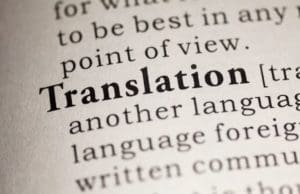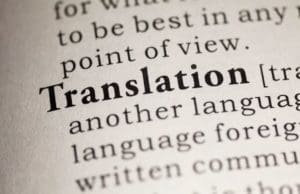1. How many languages do you translate?
Answer: We translate into over 80+ languages. However, 95 % of MSDS translations fall into 30 or less languages.
2. Are your SDSs translated by humans or is it software translation?
Answer: We use professional translators and editors. However, we have large databases of translated SDS phrases as well. Utilizing our database allows us to lower the price of SDS translations.
3. Why shouldn’t I use free online translations, like Google Translates?
Answer: Machine translation, like “Google Translates,” can be useful to get the gist of text, but it should never be used to replace professional human translation, especially with highly technical text such as SDS. Google optimistically estimates an 80% or greater accuracy rate. Unfortunately, that statistic applies only to simple text. The more complex the subject and sentences to be translated, the more inaccurate it becomes.
4. How do you charge for translations?
Answer: In the translation industry, translations are charged based on the number of words in the document. This can be tricky because often the word count will increase when a document is translated. For example, when you translate from English into Spanish, the number of words will increase by approximately 20%.



